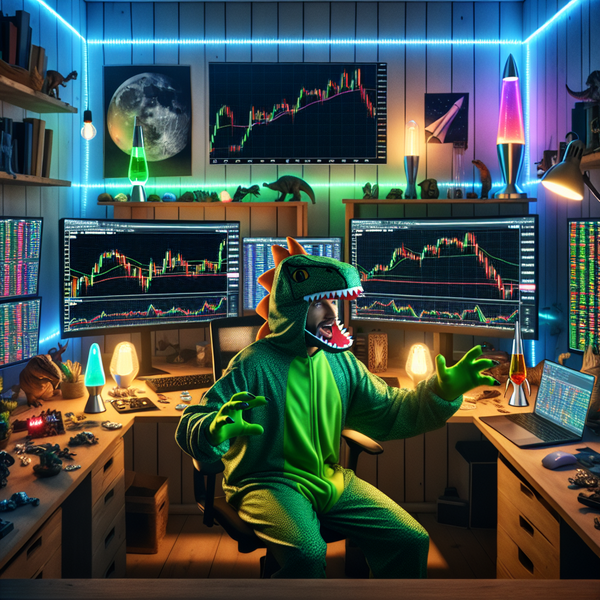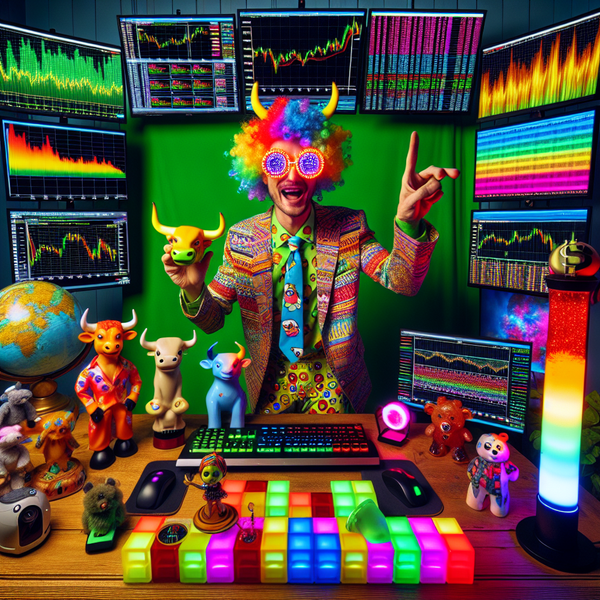How to Start SMT Trading Futures for Beginners

Diving into SMT trading futures can feel overwhelming at first, but it offers a clear path for those eager to master day trading futures using smart money concepts. For beginners, understanding the foundations of SMT, its role in trading, and how divergences shape decisions can unlock significant opportunities in the markets. With new trading strategies emerging every day, it is crucial to grasp what does SMT mean and how these techniques can elevate your trading results. Many traders search for practical ways to get started and avoid the mistakes that often trip up new participants.
The financial markets are always shifting, and staying ahead means learning proven tools that work in different conditions. SMT, or Smart Money Techniques, have caught the attention of those looking to follow institutional moves and spot market inefficiencies. Anyone can access futures markets, but having insider insights like SMT puts you a step ahead. If you want to improve your day trading futures skills, understanding what is SMT in trading increases your chances of identifying profitable setups.
What Does SMT Mean in Trading?
Before jumping in, it helps to clarify what does SMT mean in trading. SMT stands for Smart Money Techniques, a set of strategies that track the behavior of professional traders and institutions. These seasoned market players, often called 'smart money,' have the capital and experience to move prices, leaving clues in price action and volume. For those asking, "what is smt trading?" it primarily involves reading these signals to spot where institutional traders might be accumulating or distributing positions.

Why Does SMT Trading Matter?
Understanding why SMT trading matters gives you a strategic edge. Futures markets are highly liquid and fast-moving, making them a popular choice for both institutional traders and individual investors. The presence of experienced, well-funded participants in these markets means price action can often be deceptive. With smart money techniques, retail traders have a better chance of identifying when price moves are genuine or when they might be false signals from less significant players.
Most beginners start with basic chart patterns or indicators. However, these tools alone rarely explain why price moves occur. SMT trading futures strategies dig deeper, allowing you to see beyond simple visual patterns into the logic guiding major institutional orders. Knowing what does SMT mean in trading helps you detect when 'smart money' is entering or exiting a position, giving you an early warning before big market shifts.

SMT Trading Futures for Beginners
Diving into SMT trading as a beginner starts with building the right habits and processes. Here is how you can get started on the right foot.
Pick a Broker and Platform
Choosing the right broker and trading platform is your first step. Not all brokers offer equal tools, execution speeds, or commission structures. Some platforms optimize for charting and indicators, which is important if you plan to monitor SMT divergences closely. Beginners should look for a broker with low fees, responsive charts, and support for the futures contracts they want to trade.
Practice With Demo Accounts
The next step is to practice, practice, practice. Most quality brokers offer demo or paper trading accounts where you can execute trades with virtual money. Practice spotting divergences between major market indices or related commodity futures, record your trades, and review your decision-making process afterward.
Start With Micro Contracts Before Moving Up
As you transition from paper trading, start small. Many futures contracts now have micro versions, meaning you can trade with less capital at lower risk. This is essential for beginners eager to refine their futures system. By starting with micro contracts, you avoid large financial losses while you improve your edge.
Day Trading Futures with SMT
Day trading futures with SMT involves using smart money concepts in fast-paced market environments. Many traders are drawn to the prospect of making quick trades throughout the day. However, trading futures successfully with SMT requires a plan, discipline, and sharp observation.
The process starts each day with a market scan. Look for correlated futures contracts that often move in tandem, such as the S&P 500, Nasdaq, and Dow Jones futures. Watch for moments when one index breaks from the group by making a new high or low while the others lag behind. This signals a possible SMT divergence, which can alert you to pending price reversals or fresh trends before they become obvious.
SMT Divergence Meaning for Futures Traders
For futures traders, SMT divergence meaning boils down to the detection of subtle differences between correlated assets. This method enhances your ability to identify market turning points where institutional traders might be shifting their bias. SMT divergence forms the core logic behind many smart money strategies, focusing on critical moments when one asset signals strength or weakness not supported by its peers.
Highest Time Frame to Trade SMT Divergences
Traders often ask about the highest time frame to trade SMT divergences for maximum effectiveness. While SMT can be used on any timeframe, from five-minute charts to daily, weekly, and even monthly setups, the bigger the timeframe, the stronger the signal. Most professional traders pay special attention to the hourly, four-hour, and daily charts when identifying significant SMT divergences. Even though day trading futures focuses on the intraday level, confirming higher timeframe divergences boosts the probability of finding strong reversals or trend continuations.
What Is SMT in ICT Trading?
The phrase what is SMT in ICT trading refers to applying Smart Money Techniques within the trading philosophy taught by Michael J. Huddleston, also known as the Inner Circle Trader (ICT). ICT focuses on mirroring institutional order flow by using concepts like SMT divergences, market structure shifts, and liquidity zones.
Final Words on SMT and Futures Trading
Embarking on an SMT trading futures journey offers a unique way to spot opportunities using the same concepts the pros rely upon. By understanding what does SMT mean, traders gain powerful insights that cut through market noise and highlight where the real moves might originate. Whether you are focused on day trading futures, swing trading, or building long-term strategies, SMT provides a reliable roadmap for market navigation.




